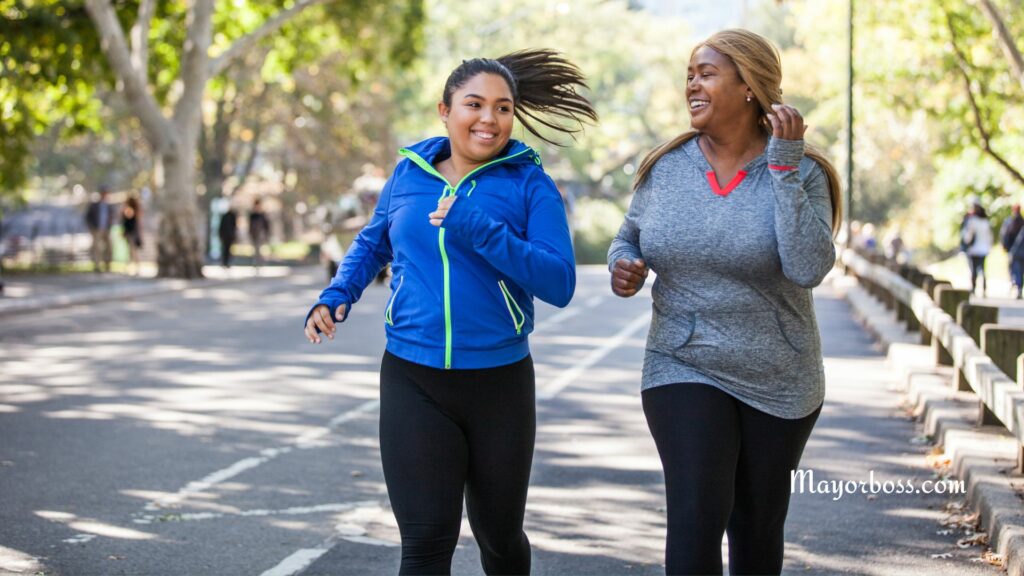Exercises to Increase Lung Capacity
Proper lung function is crucial for overall health, supplying oxygen to every cell in our bodies. Just like the muscles in our body, our lungs can benefit from regular exercise, enhancing their capacity and efficiency. Increasing lung capacity can lead to improved fitness, less breathlessness, and better overall health. This detailed guide will delve into various exercises that can help increase lung capacity.
The Importance of Lung Capacity
Lung capacity refers to the total amount of air that your lungs can hold. While this capacity naturally decreases with age, certain conditions such as chronic obstructive pulmonary disease (COPD) and asthma can significantly reduce it.
Enhancing lung capacity can provide numerous health benefits. It can increase stamina, decrease breathlessness during physical activity, improve the immune system and circulatory health, and even help manage lung diseases.
Exercises to Increase Lung Capacity
It’s important to note that before beginning any new exercise regimen, you should consult with a healthcare provider, especially if you have any underlying health conditions.
Aerobic Exercises
According to the American Lung Association, aerobic exercises, also known as cardio exercises, are a great way to increase lung capacity. These exercises require more oxygen, which makes your lungs work harder. Here are a few examples:
- Walking: Walking is a low-impact exercise that suits individuals of all fitness levels. You can start with a simple, slow-paced walk and gradually increase your speed and distance.
- Running/Jogging: Running requires more lung capacity than walking and can be a great way to improve it. Always start with shorter distances, gradually increasing as your fitness improves.
- Cycling: Whether it’s on a stationary bike or outdoors, cycling is a fantastic cardio exercise that can increase lung capacity.
- Swimming: Swimming is a full-body workout that requires controlled breathing, making it a great exercise to enhance lung function.

Breathing Exercises
Breathing exercises are a significant way to focus directly on increasing lung capacity. They can also help improve diaphragmatic breathing, leading to more efficient oxygen use.
- Pursed Lip Breathing: This technique involves breathing in through your nose and breathing out at a pace twice as long through your mouth with your lips pursed.
- Diaphragmatic Breathing: This technique focuses your breath on the diaphragm rather than the chest, promoting deeper breathing.
- Box Breathing: This technique is all about slow and controlled breaths. You breathe in, hold your breath, breathe out, and hold again, each for an equal count of four.
- Pranayama: Pranayama is a yoga breathing practice that involves several techniques beneficial for lung capacity. Examples include Anulom Vilom (alternate nostril breathing) and Kapalbhati (forceful exhalation).

Yoga
Yoga incorporates deep and controlled breathing with physical poses, helping to improve both physical and respiratory fitness.
- Mountain Pose (Tadasana): This pose encourages deep, controlled breathing.
- Cobra Pose (Bhujangasana): This pose opens up the chest, encouraging a larger lung volume.
- Standing Forward Bend (Uttanasana): This pose compresses the chest while encouraging deep breaths.
Other Tips for Increasing Lung Capacity
- Maintain a Healthy Diet: Certain foods, such as those rich in antioxidants, can support lung health. These include leafy greens, berries, nuts, seeds, and fruits and vegetables rich in vitamins C and E.
- Stay Hydrated: Regular hydration keeps the mucosal linings in the lungs thin, aiding their function and promoting better lung capacity.
- Quit Smoking: If you smoke, quitting is the most impactful action you can take to improve lung capacity. Smoking damages the lungs specifically and reduces their ability to function effectively.
- Avoid Polluted Environments: Air pollutants can irritate your lungs and hinder their capacity. Try to minimize exposure to pollutants as much as possible.
Remember, increasing lung capacity is a process that requires time and consistency. Always listen to your body during these exercises, and never push yourself to the point of discomfort or pain. With regular practice and commitment, you’ll likely notice improvements in your breathlessness, stamina, and overall physical fitness.
Further Reading: How To Cleanse Your Lungs Easily






